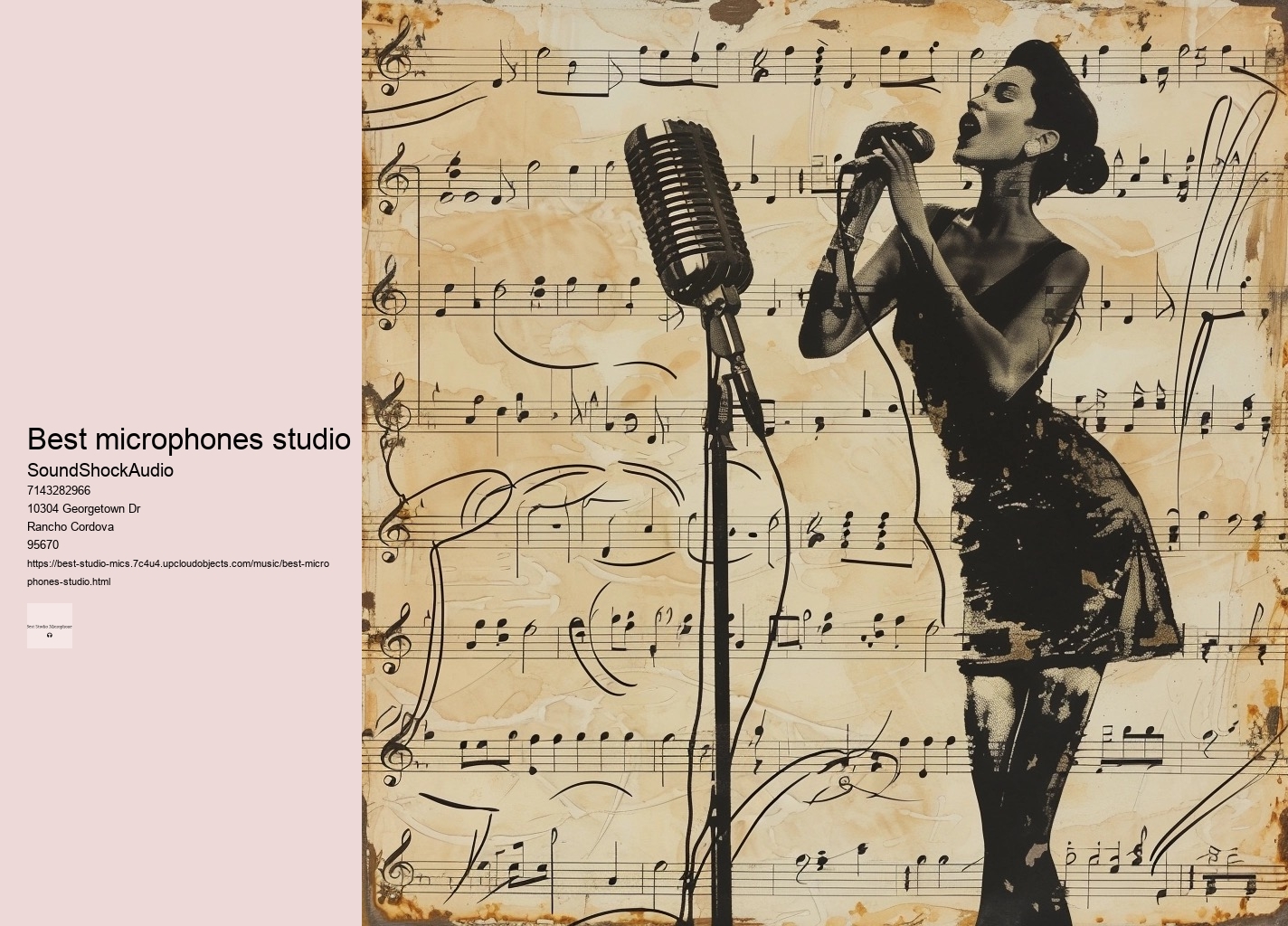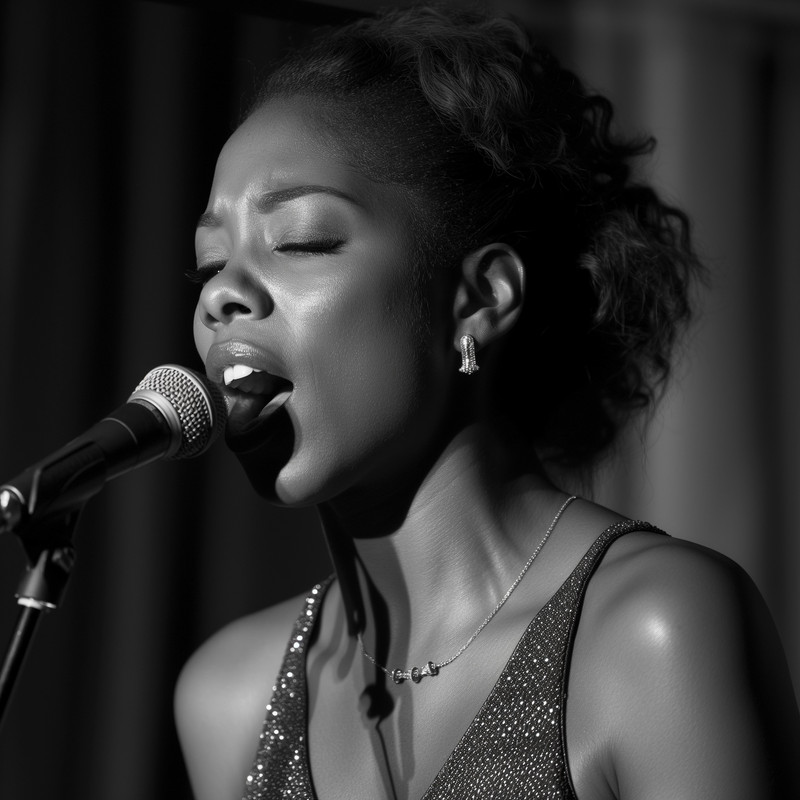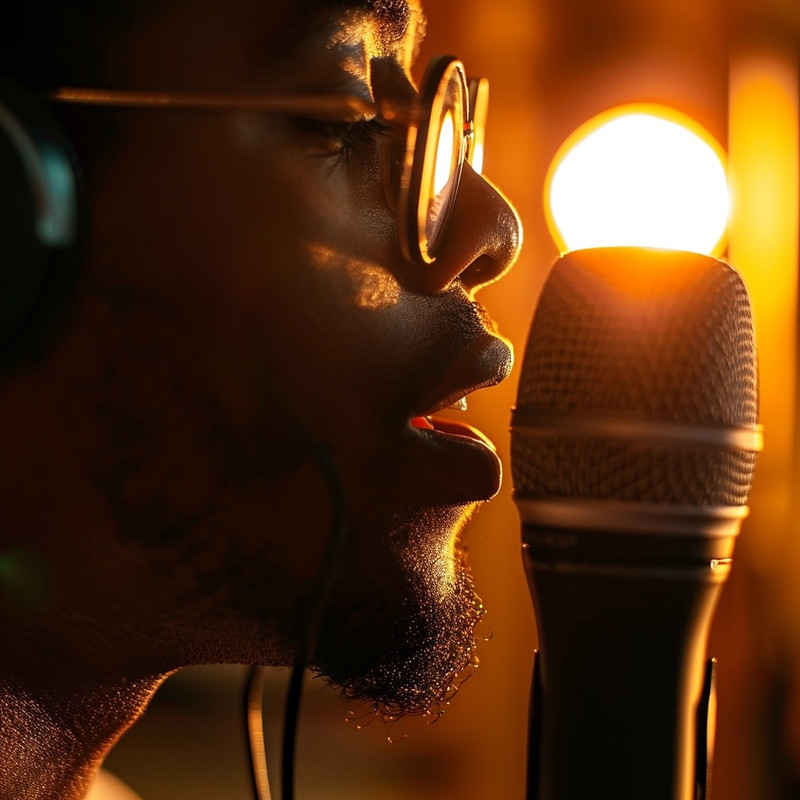

Read on to find out our top picks for the best mics for recording instruments, and more. To find out which microphone to buy, check out the best studio microphones on SoundShockAudio.. While the high frequencies can be enhanced a bit, the muddy low end of the sound is no longer an issue.
In summary:- Dynamic mics handle high SPLs well.- Condenser mics capture detail exquisitely.- Ribbon mics impart a smooth vintage vibe.- Multi-pattern mics offer outstanding flexibility. You should make sure that your recording equipment is up to the task if you are going to purchase this microphone. Original Neumann U47s were a favorite of Frank Sinatra and The Beatles. At the heart of this journey lies the Neumann U87 - a legend whispered reverently in recording studios worldwide.
They are sensitive to sounds directed towards the microphone and more effective at reducing unwanted background noises coming from the side or behind than cardioid and supercardioid. They are less sensitive than other types but excel on stage and in studios where powerful vocals or raucous instruments reign supreme.
Unlike their cardioid counterparts, they do not discriminate between sounds based on directionality. What do you start with?
It cradles the voice or instrument it faces, offering clarity amidst a sea of potential cacophony.
The air pressure changes as a result of these movements, creating sound waves that are identical to the original source. These mics completely block sound from the sides. Amidst this spectrum lies the ribbon microphone—a classic choice beloved for its warm, natural reproduction of audio, especially when that vintage allure is desired. Bass traps in corners tackle low-frequency build-up, which can otherwise muddle your recordings with boomy or muddy characteristics.
Hypercardioid microphones have a smaller field of pick-up than supercardioid ones. This mic will not become obsolete when your home studio mic storage grows.
Voila! The vintage D12 was a popular choice for micing kick drum beaters.
Lastly, stand at the crossroads where figure-eight patterns dwell; these pick up sounds from front and back while casting side noises into oblivion.


Shure SM57 microphone is the best live and studio mic ever made. Wireless technology brings a new level of freedom to recording sessions by eliminating physical constraints imposed by cables. Microphones are pivotal in this process, serving as the primary tools for transducing acoustic energy into electrical signals. Audio interfaces act as a bridge between analog signals from microphones or instruments and digital signals that computers can understand.
The PGA181 – We're a microphone company, and we want you buy many mics. High frequency It is not subtle but it works.
Rode NT1 is our pick for best vocal studio mic. It's also been designed to be used by professionals, so it has some nifty features such as switchable EQ, a pop filter built in, electromagnetic shielding and a suspension mounting.
Consider long-term investment value over initial cost.
Instrumentalists demand precision in capturing the unique timbres of their instruments. In the realm of studio microphones, this equilibrium often dictates the quality of audio captured, directly influencing the end product's caliber. This recording studio mic comes with an entire kit that will help you record high-quality vocals.

Dynamic mics are renowned for their durability and ability to withstand high pressure levels, making them ideal for capturing loud sources like drums or guitar amplifiers. But it also makes sense artistically. This legendary sound, which is no longer available and is expensive to buy originals of, is still highly sought after. Thirdly, use rugs or carpets along with heavy curtains on windows not only to prevent external noises from entering the room but also to dampen internal reflections of sound off hard surfaces like floors and glass panes.
Cookies are used to enhance your experience. Similarly, in film production, capturing pristine on-set dialogue reduces reliance on post-production fixes such as ADR (Automated Dialogue Replacement), which can save time and money while maintaining authenticity in actor performances.
Such spaces are often acoustically untreated, meaning microphones with a cardioid polar pattern can be ideal as they exhibit resilience against unwanted ambient noises and echoes which may tarnish clarity. We'd use any mic on this list for our own recordings.
Despite its relatively modest price point, this dynamic microphone has earned accolades for its robust build and adaptability across various recording scenarios.
Best $/PS801+6. This modernized vocal recording and is still the industry standard today. First on our list is the Shure SM7B—a dynamic microphone revered by podcasters and vocalists alike. Close miked mics can sound muddy, but others are able to combine warmth and clarity.
Cardioid microphones are best for recording vocals. The choice of microphone type and pattern profoundly affects the final recording's quality.
In contrast, high-end ribbon microphones like the Royer R-121 are lauded for their natural sound reproduction but come at a premium that may be prohibitive for budget-conscious musicians. However, some mics offer variable patterns for greater flexibility—omnidirectional for ambient recordings or figure-eight for duets and interviews.
Tube microphones can be noisy.
Paul McCartney has been seen using a variety of microphones throughout his career, both on stage and in the studio. Notably, he has frequently used the Shure SM58 for live performances, a microphone renowned for its durability and sound quality. In studio settings, he has been known to use the Neumann U47, a vintage microphone prized for its warmth and clarity.
Frank Sinatra famously used the Neumann U47 microphone in the studio for many of his recordings. This microphone is renowned for its warmth and clarity, which helped in capturing the rich tones of Sinatra's voice, contributing significantly to the iconic sound of his music.
The choice between a dynamic or condenser mic for vocals depends on the specific needs and environment. Condenser mics are generally preferred for studio recordings due to their sensitivity and ability to capture a wide range of frequencies and nuances in vocals. Dynamic mics, on the other hand, are more durable and better suited for live performances where background noise and feedback rejection are important.
Billie Eilish, along with her brother and producer Finneas, primarily uses the Audio-Technica AT2020 cardioid condenser microphone for much of their recording work. This affordable yet high-quality mic has been a part of their setup, especially during the early stages of their career, contributing to the intimate and detailed sound in Billie's music.
Billie Eilish recorded "Ocean Eyes" using an Audio-Technica AT2020 microphone. This affordable yet high-quality cardioid condenser microphone is known for its versatility and performance, making it a popular choice among emerging artists and home studios.
Ed Sheeran is known for using a variety of microphones for different purposes, but for live performances, he often uses the Sennheiser e935. This dynamic cardioid microphone is favored for its clear sound reproduction and durability, making it a reliable choice for his extensive touring schedule.